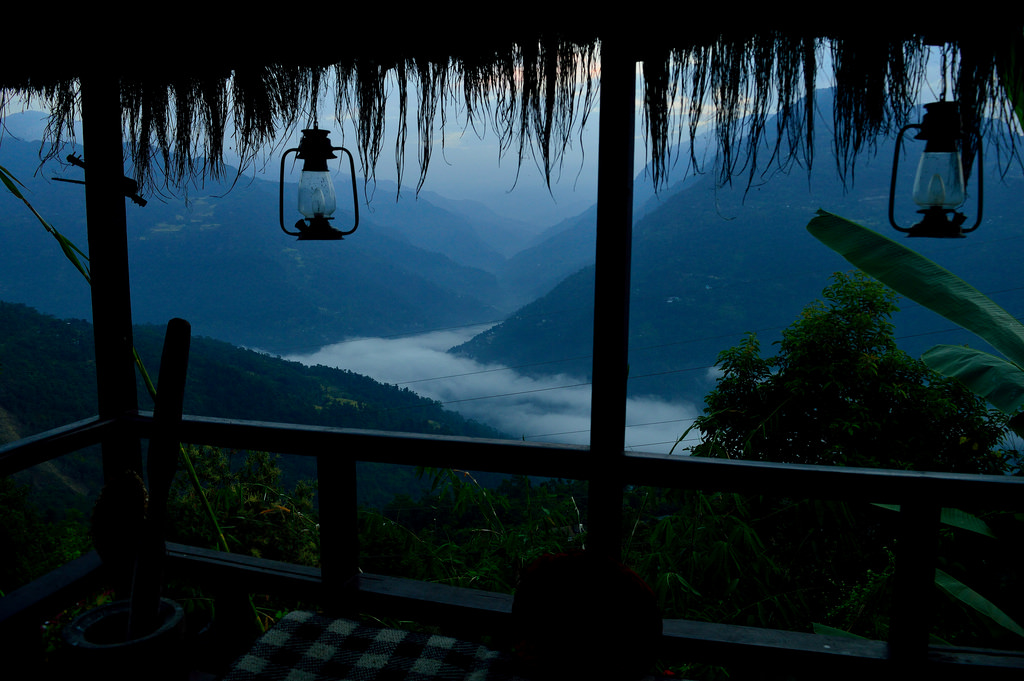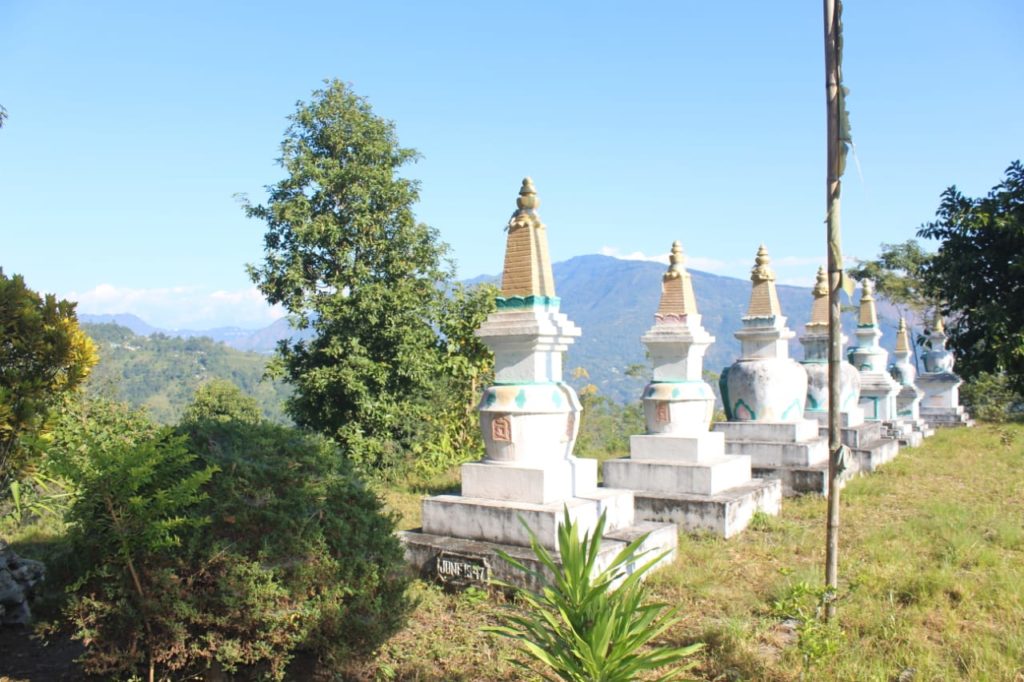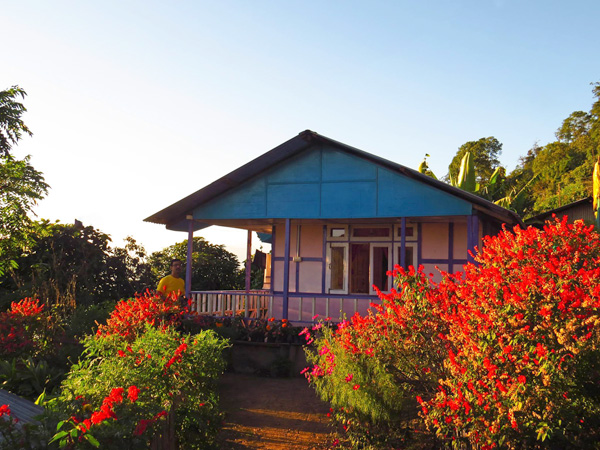Know About Tshlamthang
Tshlamthang may be a quaint village tucked within the mountain range foothills. The bird’s eye read of gurgling Teesta stream and covered Nathula peaks produce a combination of charms. The name Tshlamthang means that Orange Farm. It’s a quiet and organic spot for each people that like to stagnate in nature enjoying native cooking and culture and brave individuals searching for treks, bird looking at, trails and walks and fishing. With lots of close traveller attractions like Ravangla, Temi, Solophok and forest trekking scope, this new destination in South geographical region continues to be an unknown paradise.
Overview of Tshlamthang
The most effective mode of look is by foot, although transport is additionally offered. The primary stop might be a 160-year-old native Heritage House, created with native stuff like wood, bamboo and Siru. Next will take a brief trek to the Ban Jakhri Cave, the traditional abode of Jakhris .Can conjointly climb the Daraslike the Harray Dara, sacred to new married couples or Deorali Dara commanding villages and mountains. River Teesta and Rangeet among pine forests. If the spot rare wild mountain goats – Bharals.
Visit Ravangla for majestic mountain views and sprawling Buddha Park, with a 130-foot high Buddha sculpture. Visit Chaardham, Solophok, with a brow read of Mt. Kanchenjungha. Chaardham has replicas of the twelve Hindu Jyotirlingas and 4 Dhams (pilgrimage sites). It’s a 87-feet high sitting Shiva and a 16.5 feet high sculpture of Lord Kiriteshwara. Visit Samdruptse cloister, 30 kms from Tshlamthang, and with a 45-meter high golden statue of Guru Padmasambhava. For nature lovers, Temi garden may be a should visit from here. Around fourteen kms from Tshlamthang, this can be one and solely garden of Sikkim. Will read Mt. Kanchenjungha and witness tea process from Temi.
How to Reach Tshlamthang
From NJP railroad station it takes over three hours to achieve by road. Tshlamthang is as regards to Namchi furthermore as Gangtok.
Food & Lodge of Tshlamthang
The warmer months (May, June) are smart for those that wish to beat the warmth of the plains. The rains (July, Aug) bring a inclemency (that typically hides the Himalayas) however features a charm of its own. The winters are smart for people that want to see the oranges bloom and for clearer views of the mountains.



